“This is a yacht which tackles today’s challenges of sustainability and low carbon targets head on,” declared Baltic Yachts Henry Hawkins, executive vice president of Baltic Yachts, as he presented the first Café Racer at its launch last May, adding that Baltic’s engineers and partners have incorporated sustainable flax as a new yacht building material in a move that perfectly complements the yard’s legendary advanced composites expertise.
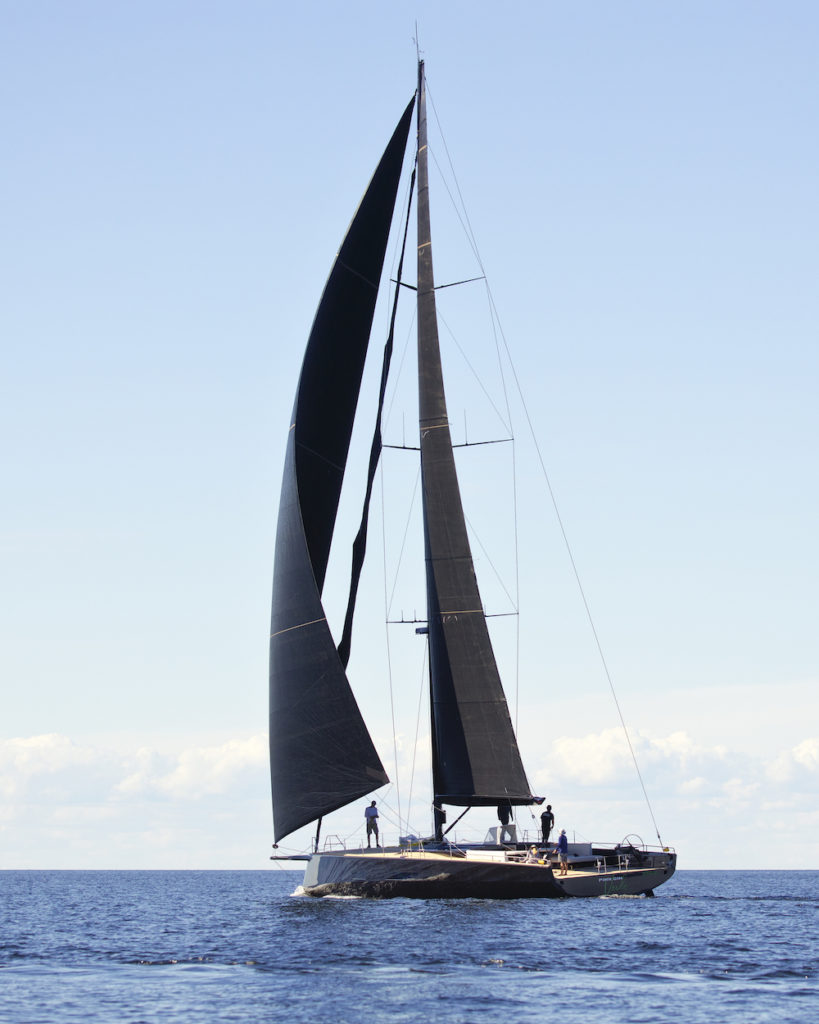
The 20.73m sloop (22.66m with bowsprit) comes from the pen of Javier Jaudenes (who also crafted the Baltic 108’ Win Win) and may well result in a new green rating that will encourage the use of sustainable materials in yacht building. In fact, over half of the hull is made from a flax-based material called ampliTex supplied by Bcomp. The latter Swiss company was originally founded to make light, high performance skis but is now the sector leader in advanced natural fibre composites. In the Café Racer, its flax-based material has been combined with traditional composites and Sprint construction technique developed by Gurit to produce an exceptionally light, robust hull.
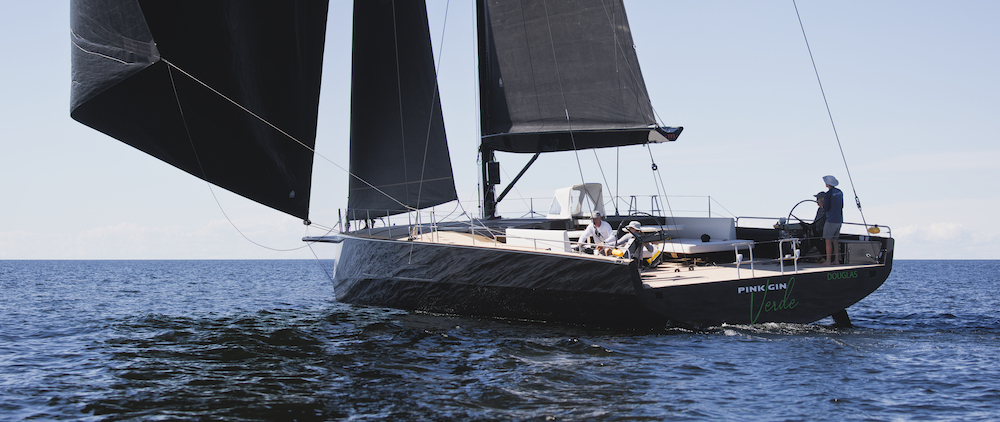
Most importantly of all, it also has a much smaller carbon footprint, something also achieved in other areas of the boat by such measures as replacing classic teak for the decking with Marinedeck’s natural cork product. The latter not only has the same aesthetic as teak but is also admirably hard-wearing, combining lightness, excellent thermal and acoustic insulation, and ease of maintenance in one sleek package.
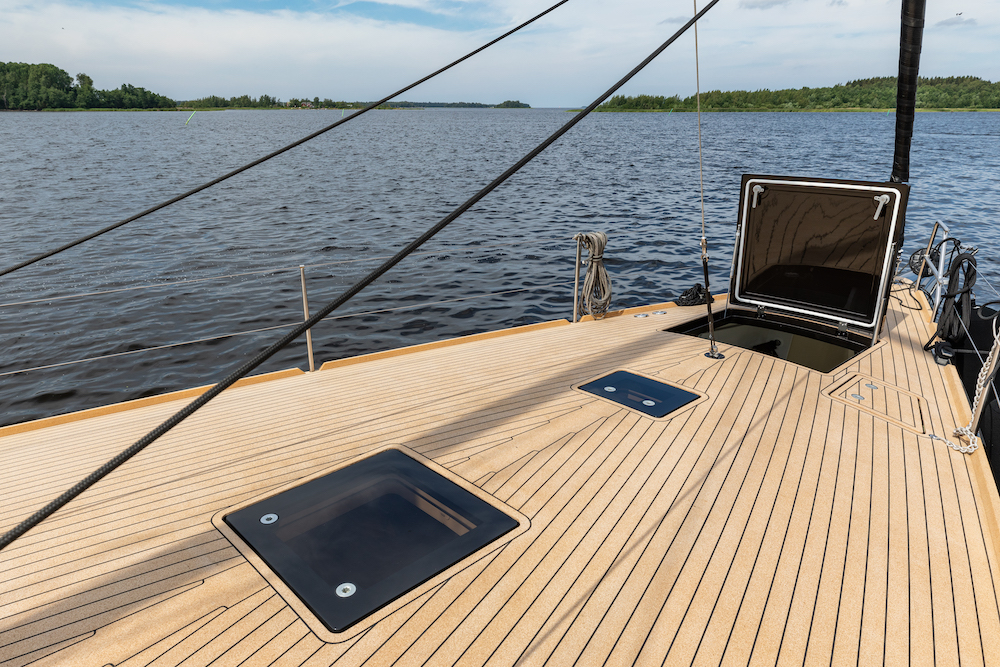
That said, the Café Racer’s innovation goes well beyond mere hull materials and construction. Just for starters, solar panels on the deckhouse roof provide the power required to keep the onboard systems running. These are flanked by a couple of 15 kW Oceanvolt electric motors which also double as hydro-generators, charging the lithium ion battery pack as the yacht sails. A range extender boosts charging potential by using a very efficient micro-turbine. There is even the potential for the propulsion system to convert to hydrogen in the future.
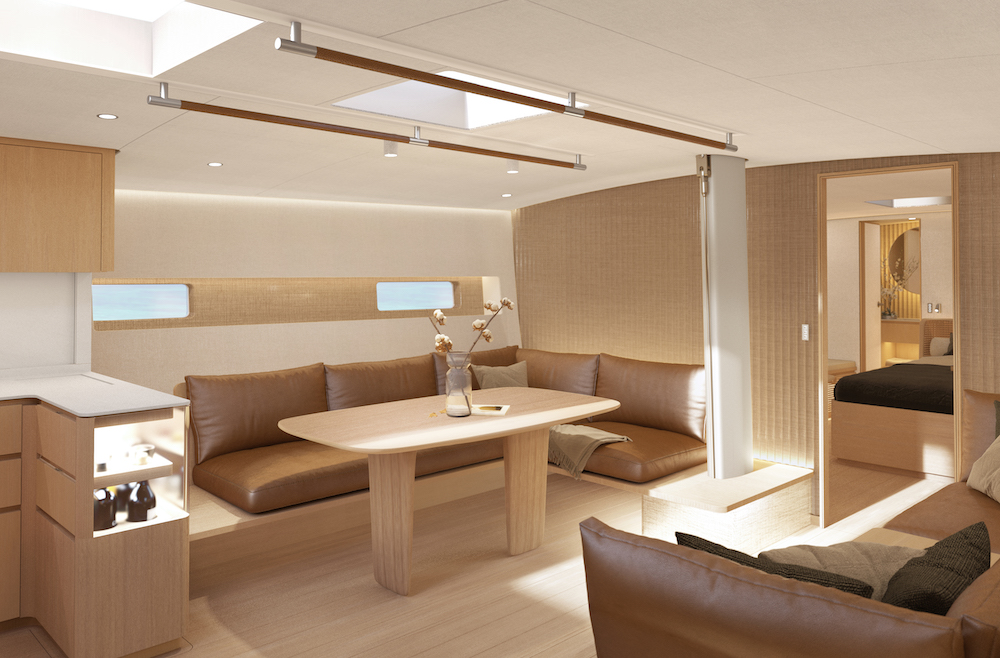
To go one step further, the efficiency and low carbon footprint the Café Racer’s owner put front and centre of the project embraces all the onboard systems including the notoriously power-hungry air-con. Baltic Yachts solved this particular conundrum by installing a plant featuring anti-bacterial filters that mixes recycled and fresh air.
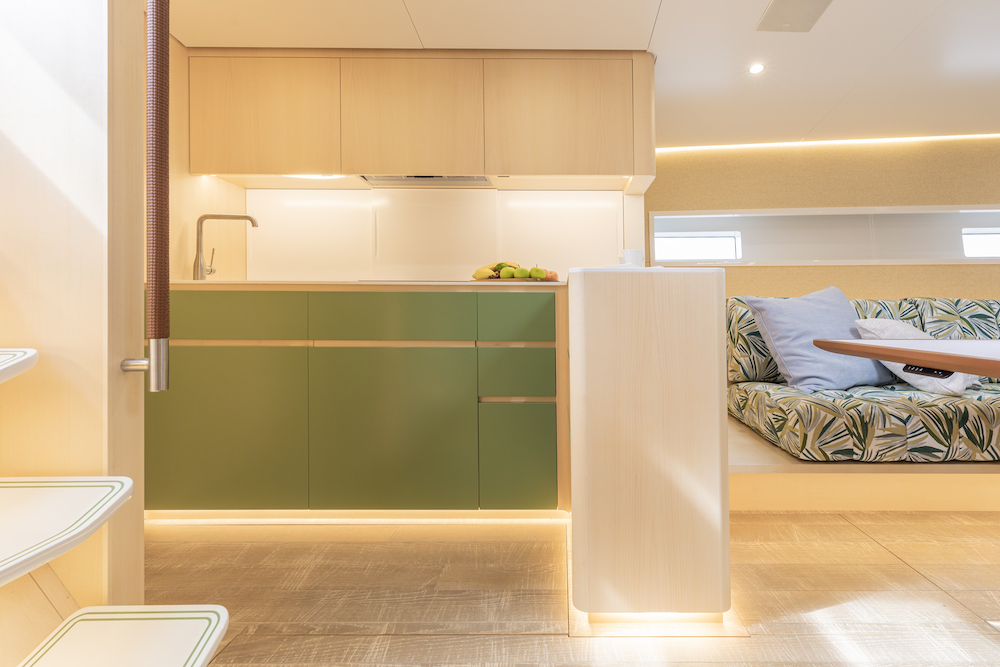
Aside from being green, Café Racer also sports many new rig, gear and sail solutions which together ensure that this is an easy to sail and handle craft. The Marstrom/Carbo-Link/Doyle Sails rig is designed to sail even with no aft rigging support, while Doyle load sharing sail technology reduces load on the head stay, making the sails much easier to control. The overall result is light and tough: an unbeatable combination.
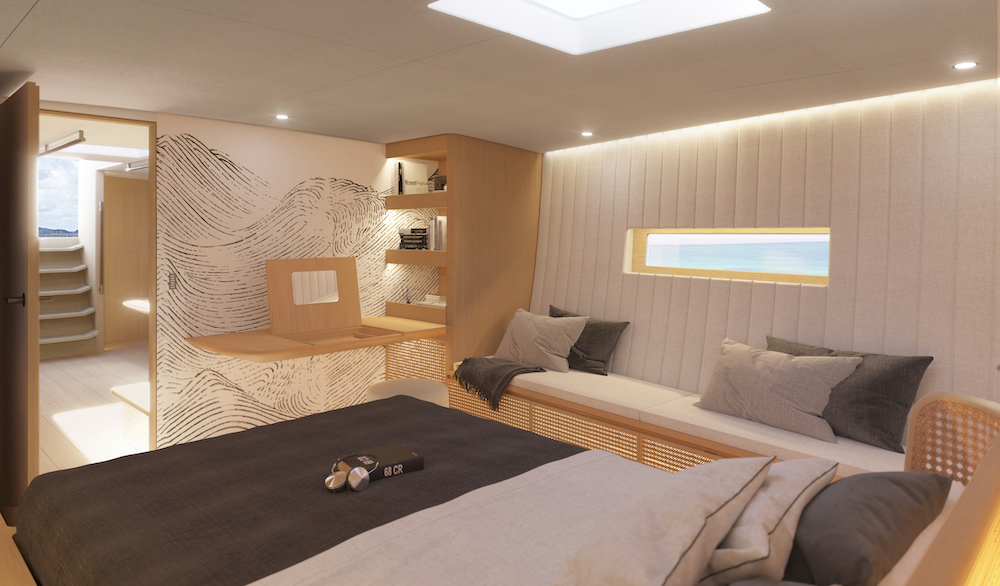
The technology is paired with an interior arrangement that also incorporates eco materials, creating a very special and attractive ambience. Javier Jaudenes and Jens Paulus, who designed the interior layout, offer a contemporary style using linen, hemp and leather to create, as Paulus, who is in charge of the interior design, explains: “Contemporary interiors that embrace the Café Racer’s ecological spirit while showing as much of the hull’s shape as possible”. Alternatively, Design Unlimited is aiming for an organised interior, as Mark Tucker puts it: “That offers a comfortable and welcoming place to relax after a day’s sailing”. And the owner of the first Café Racer chose a fresh look, developed by Design Unlimited, which used fabric and light wood finishes for the bulkheads, light oak flooring and leather handrails details. This palette of materials and colours is developed in a few simple, welcoming spaces that revolve around the central saloon with the owner’s suite forward and a double bedroom aft.
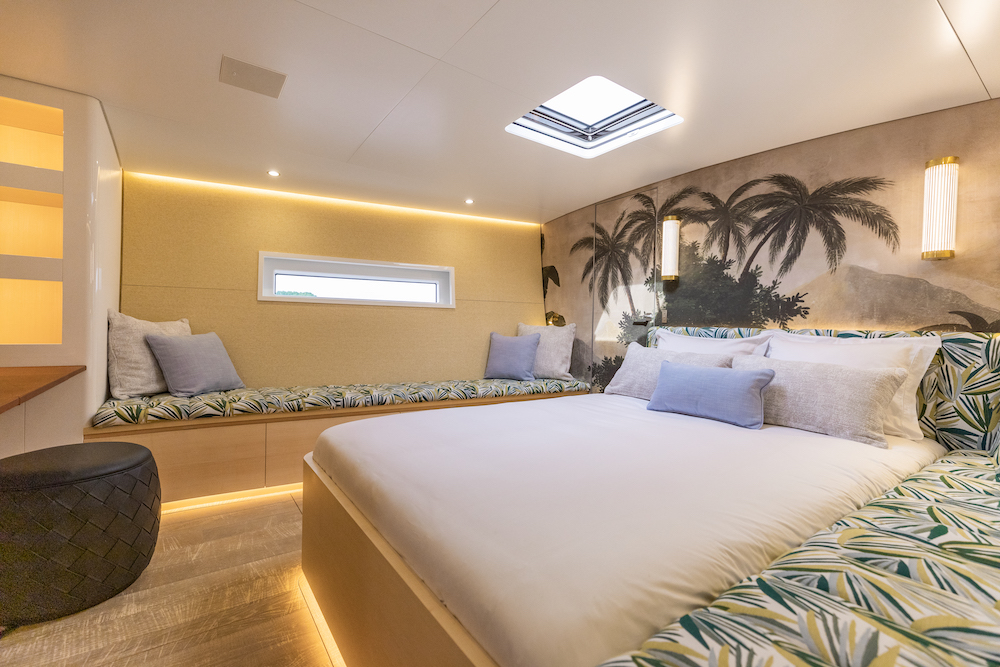
The Café Racer really does have and say it all. By creating it, Baltic Yachts has not simply demonstrated the huge research and technology it is willing to pour into craft, but also highlighted the fact that we are entering a new era in yacht building that will produce genuinely low carbon footprint craft.






